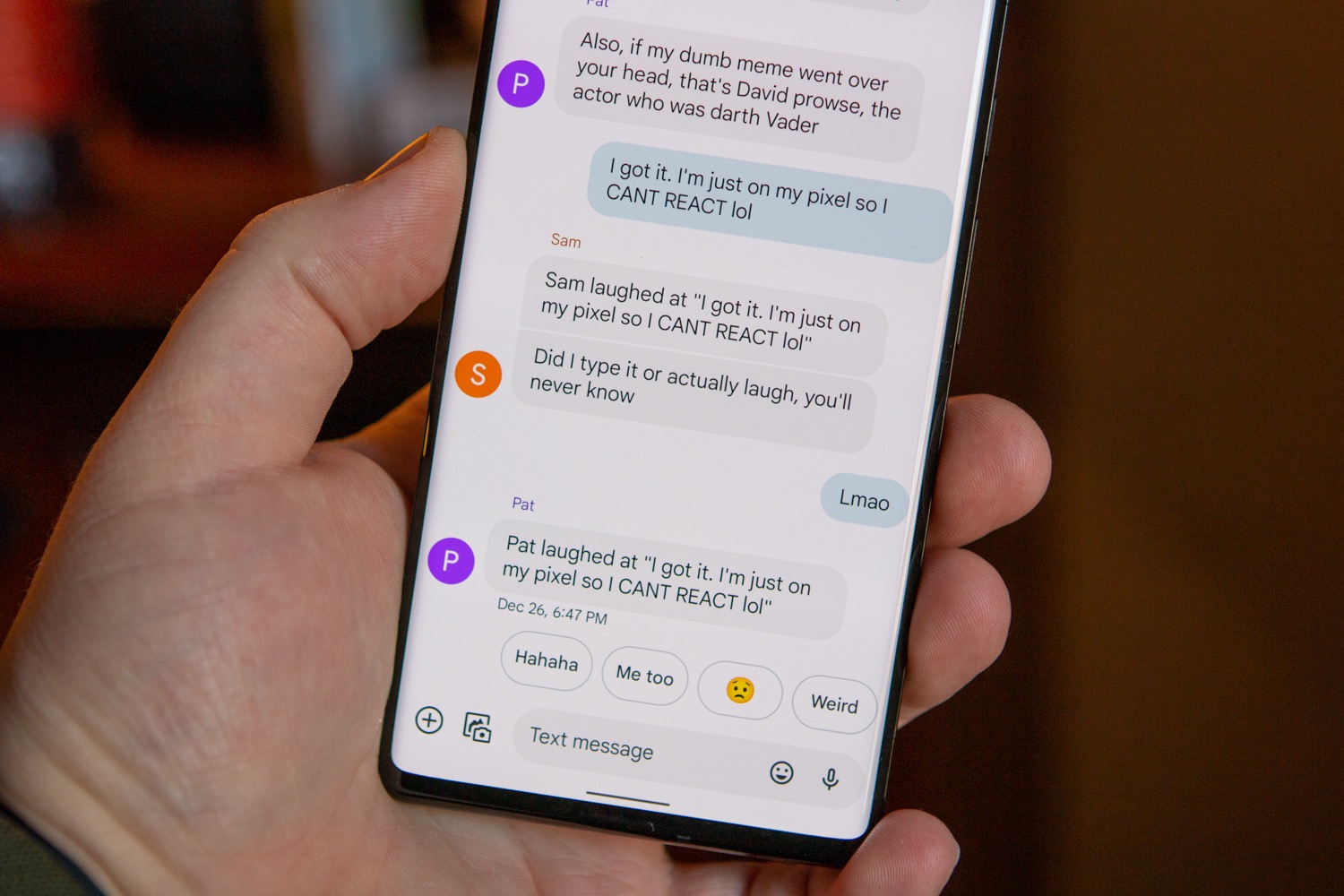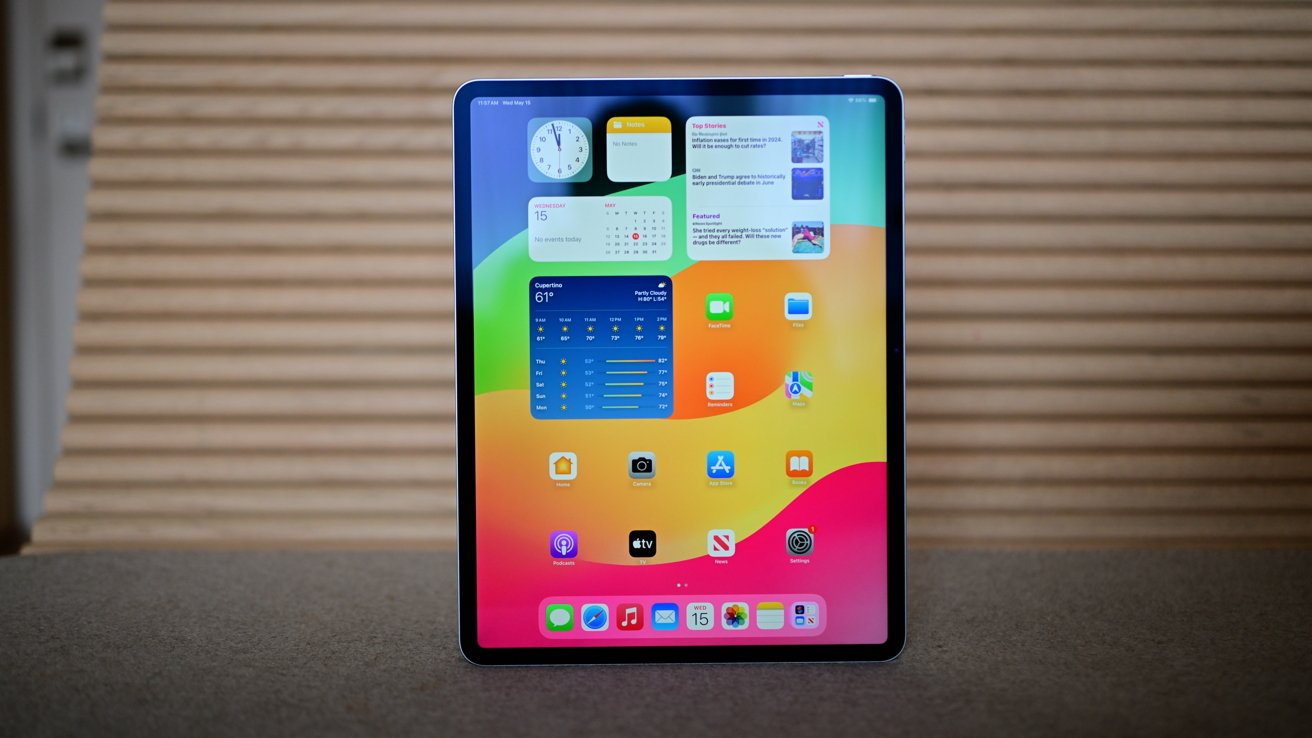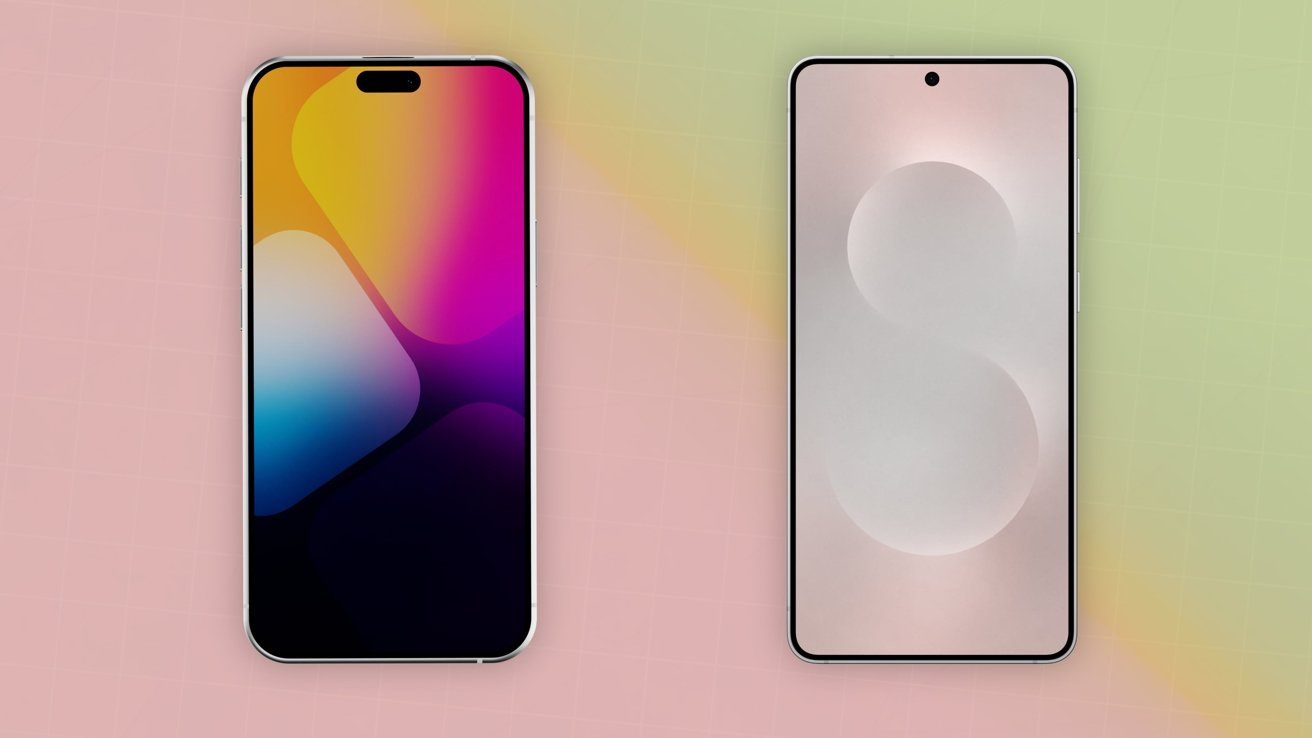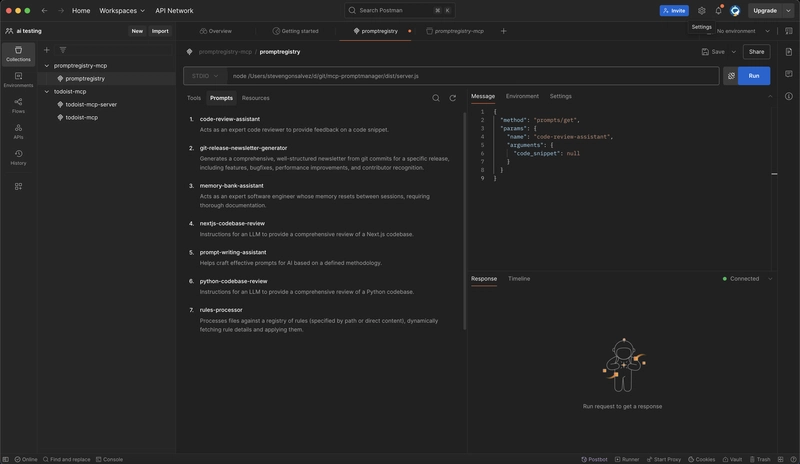Will Microsoft 365 apps still work on Windows 10 after end of support?
If you haven’t heard, Microsoft is officially ending support for the still-very-popular Windows 10 on October 14th, 2025. But for some users, that raises another question: what will happen to Microsoft 365 apps on Windows 10? Will they keep working or not? Up until now, Microsoft has said that Microsoft 365 apps will no longer be supported on Windows 10 when that day comes. However, something seems to have changed recently, with Microsoft now promising security updates for Microsoft 365 apps—at least in some specific cases. Microsoft 365 apps will keep working on Windows 10 after end of support On the recently updated support page, Microsoft explains that apps such as Word will continue to work, but the continued use of a no-longer-supported Windows 10 could lead to performance issues and potential instability when running Microsoft 365 apps: “Although apps such as Word will continue to work after Windows 10 reaches end of support, using an unsupported operating system can cause performance and reliability issues when running Microsoft 365 Apps. If your organization is using Microsoft 365 Apps on devices running Windows 10, those devices should move to Windows 11.” Microsoft therefore advises companies that still rely on Microsoft 365 apps on Windows 10 to switch to Windows 11. Microsoft wants to ensure security during the transition phase To ensure security during the end-of-support transition period, Microsoft wants to continue to provide security updates: “To help maintain security while you transition to Windows 11, Microsoft will continue providing security updates for Microsoft 365 Apps on Windows 10 for three years after Windows 10 reaches end of support. These updates will be delivered through the standard update channels, ending on October 10, 2028.” Despite security updates, you may still run into performance and reliability issues—and as usual, Microsoft will provide limited support. For example, if there are problems with Microsoft 365 apps that only exist on Windows 10, Microsoft will likely ask you to switch to Windows 11. Pay to keep Windows 10 supported, sort of If you want to continue using Windows 10 after the end of support, Microsoft will offer security-only updates for the operating system if you pay for an Extended Security Updates (ESU) plan. That’ll be a one-time payment of $30 for one year of extended security support. If you want to keep using Windows 10 after support ends without paying for the ESU plan, you have a few options. Learn more in our article on how to save your Windows 10 PC after end-of-life.

If you haven’t heard, Microsoft is officially ending support for the still-very-popular Windows 10 on October 14th, 2025. But for some users, that raises another question: what will happen to Microsoft 365 apps on Windows 10? Will they keep working or not?
Up until now, Microsoft has said that Microsoft 365 apps will no longer be supported on Windows 10 when that day comes. However, something seems to have changed recently, with Microsoft now promising security updates for Microsoft 365 apps—at least in some specific cases.
Microsoft 365 apps will keep working on Windows 10 after end of support
On the recently updated support page, Microsoft explains that apps such as Word will continue to work, but the continued use of a no-longer-supported Windows 10 could lead to performance issues and potential instability when running Microsoft 365 apps:
“Although apps such as Word will continue to work after Windows 10 reaches end of support, using an unsupported operating system can cause performance and reliability issues when running Microsoft 365 Apps. If your organization is using Microsoft 365 Apps on devices running Windows 10, those devices should move to Windows 11.”
Microsoft therefore advises companies that still rely on Microsoft 365 apps on Windows 10 to switch to Windows 11.
Microsoft wants to ensure security during the transition phase
To ensure security during the end-of-support transition period, Microsoft wants to continue to provide security updates:
“To help maintain security while you transition to Windows 11, Microsoft will continue providing security updates for Microsoft 365 Apps on Windows 10 for three years after Windows 10 reaches end of support. These updates will be delivered through the standard update channels, ending on October 10, 2028.”
Despite security updates, you may still run into performance and reliability issues—and as usual, Microsoft will provide limited support. For example, if there are problems with Microsoft 365 apps that only exist on Windows 10, Microsoft will likely ask you to switch to Windows 11.
Pay to keep Windows 10 supported, sort of
If you want to continue using Windows 10 after the end of support, Microsoft will offer security-only updates for the operating system if you pay for an Extended Security Updates (ESU) plan. That’ll be a one-time payment of $30 for one year of extended security support.
If you want to keep using Windows 10 after support ends without paying for the ESU plan, you have a few options. Learn more in our article on how to save your Windows 10 PC after end-of-life.


_ElenaBs_Alamy.jpg?width=1280&auto=webp&quality=80&disable=upscale#)





































































![Apple Unveils Powerful New Accessibility Features for iOS 19 and macOS 16 [Video]](https://www.iclarified.com/images/news/97311/97311/97311-640.jpg)
![Apple Working on Brain-Controlled iPhone With Synchron [Report]](https://www.iclarified.com/images/news/97312/97312/97312-640.jpg)
![Samsung's New Galaxy S25 Edge Takes Aim at 'iPhone 17 Air' [Video]](https://www.iclarified.com/images/news/97276/97276/97276-640.jpg)
![Apple to Launch AI-Powered Battery Saver Mode in iOS 19 [Report]](https://www.iclarified.com/images/news/97309/97309/97309-640.jpg)





































































































































































































































![[The AI Show Episode 147]: OpenAI Abandons For-Profit Plan, AI College Cheating Epidemic, Apple Says AI Will Replace Search Engines & HubSpot’s AI-First Scorecard](https://www.marketingaiinstitute.com/hubfs/ep%20147%20cover.png)































































































































































![Ditching a Microsoft Job to Enter Startup Purgatory with Lonewolf Engineer Sam Crombie [Podcast #171]](https://cdn.hashnode.com/res/hashnode/image/upload/v1746753508177/0cd57f66-fdb0-4972-b285-1443a7db39fc.png?#)





























































































